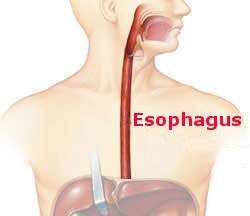I continually boggle to consider how much surgical treatment of these malignancies has evolved and results have improved since I completed my thoracic surgery residency and began my practice of genera thoracic surgery in 1981. The two changes with the most impact are the way these operations are performed and the advent of powerful multimodality strategies.
In 1981 all operations for these cancers of the chest were performed by thoracic surgeons wielding scalpels and using their hands. Chests were opened with an incision between ribs and patients remained in the hospital for a week or more afterwards. Now most operations are performed using minimally invasive techniques. Unsettled is whether the surgeon should manually manipulate the instruments or use a “robot” controlling instruments from a computer. Either way most operations are performed without a generous incision and using minimally invasive techniques. The minimally invasive option provides benefits for the patient including much less pain than with an open operation and significantly less time in the hospital. This reduction in morbidity and quicker return to normal activities is achieved with equivalent, if not slightly better, likelihood of curing the malignancy.
Also, in 1981 the only potentially curative treatment for patients with these cancers was an operation—only. Other modalities, such as radiation and chemotherapy, were for advanced disease and not considered curative. Immunotherapy did not exist. The picture is much better now as more efficacious chemotherapy agents are at hand, new radiation techniques are utilized, drugs that interfere with cancer cell metabolic activity are available, and immunotherapy options are quite powerful. Multimodality treatment strategies with combinations of all these non-surgical modalities, before and/or after an operation is common and has improved cure rates.
Patients today benefit from these advances and things should get even better. To paraphrase the sportscaster Howard Cosell, “Our future is ahead of us.” But everything has to start somewhere and thoracic surgery is no exception. If you are curious about the origins and subsequent development of operations for these cancers of the chest my book, “Cracking Chests: How Thoracic Surgery got from Rocks to Sticks” relates the story with vignettes of the pioneer surgeons written with my attempt to make the contents interesting and accessible to the general reader.



